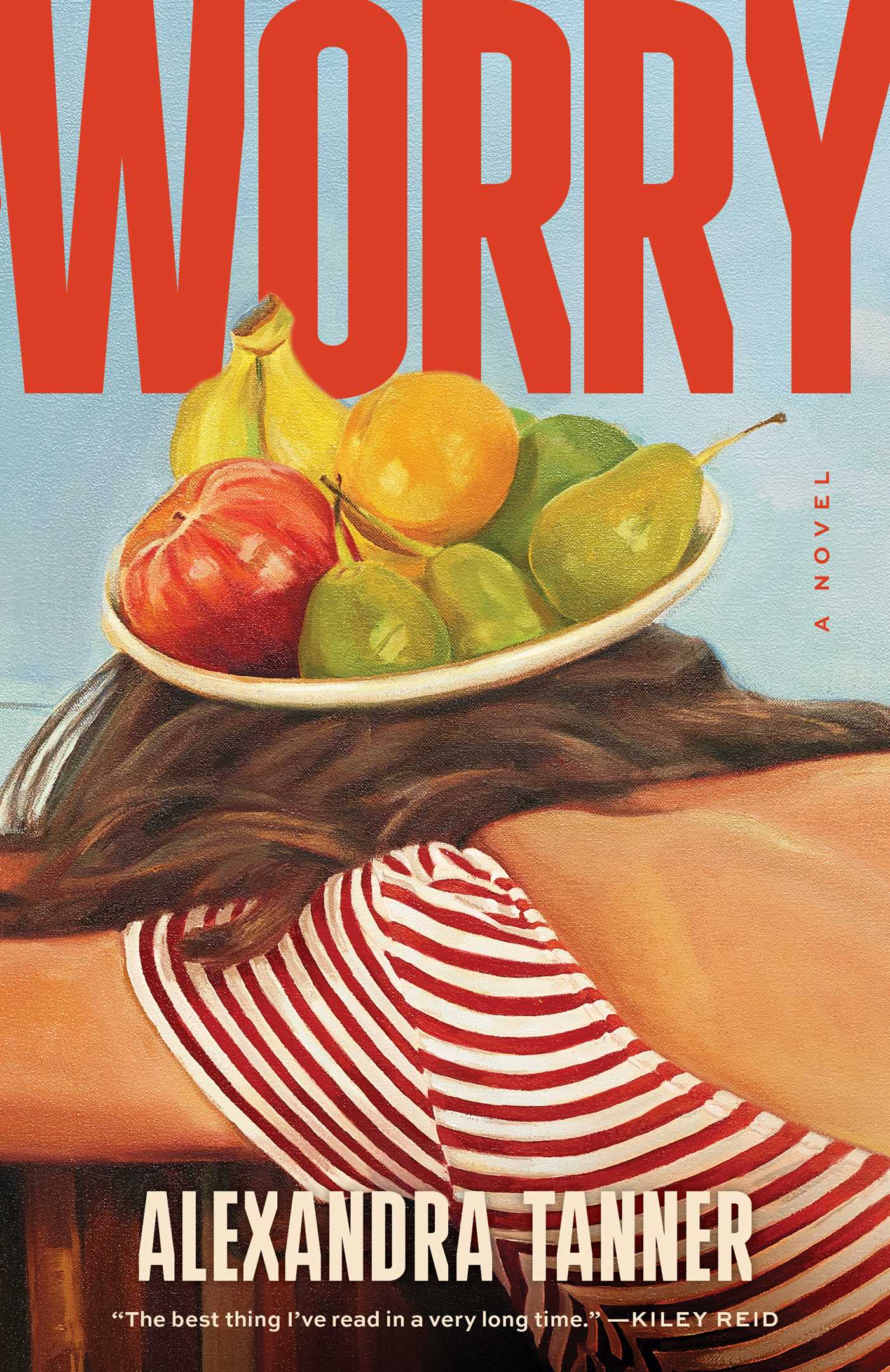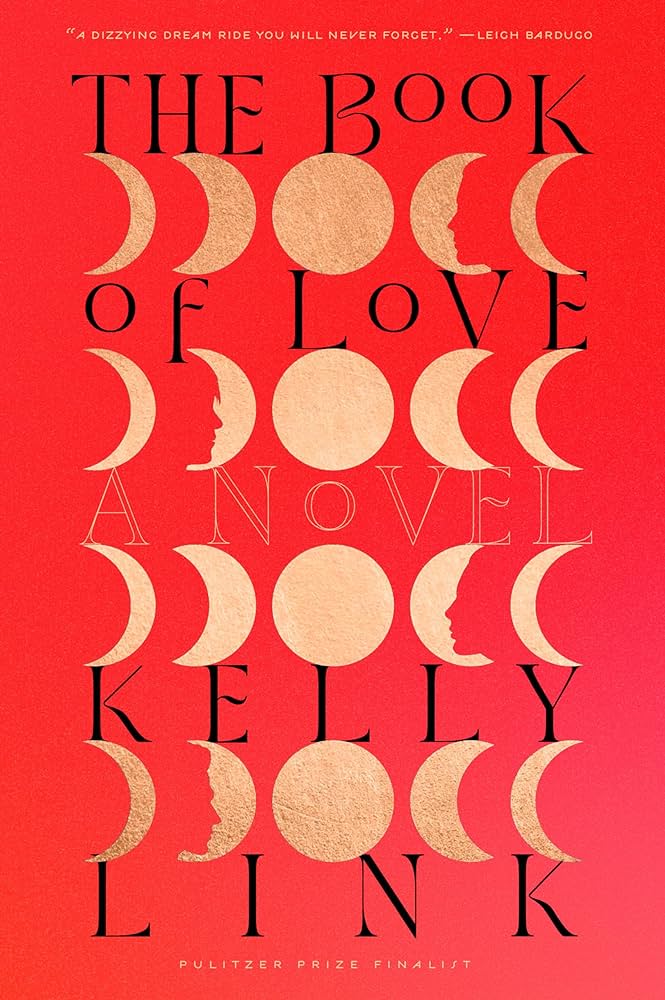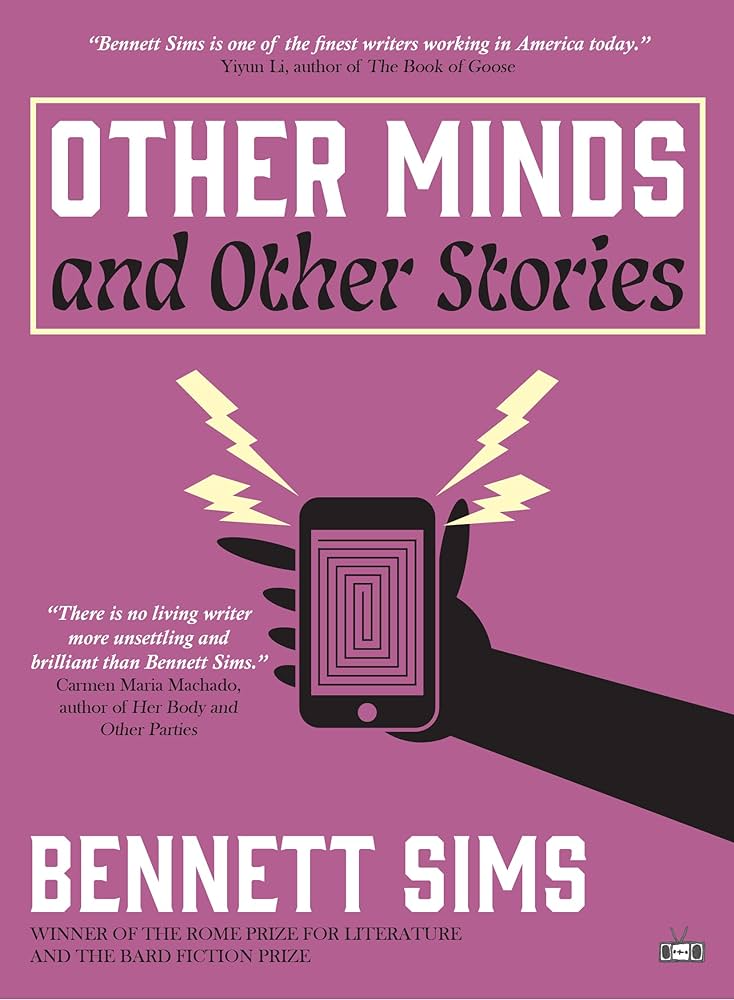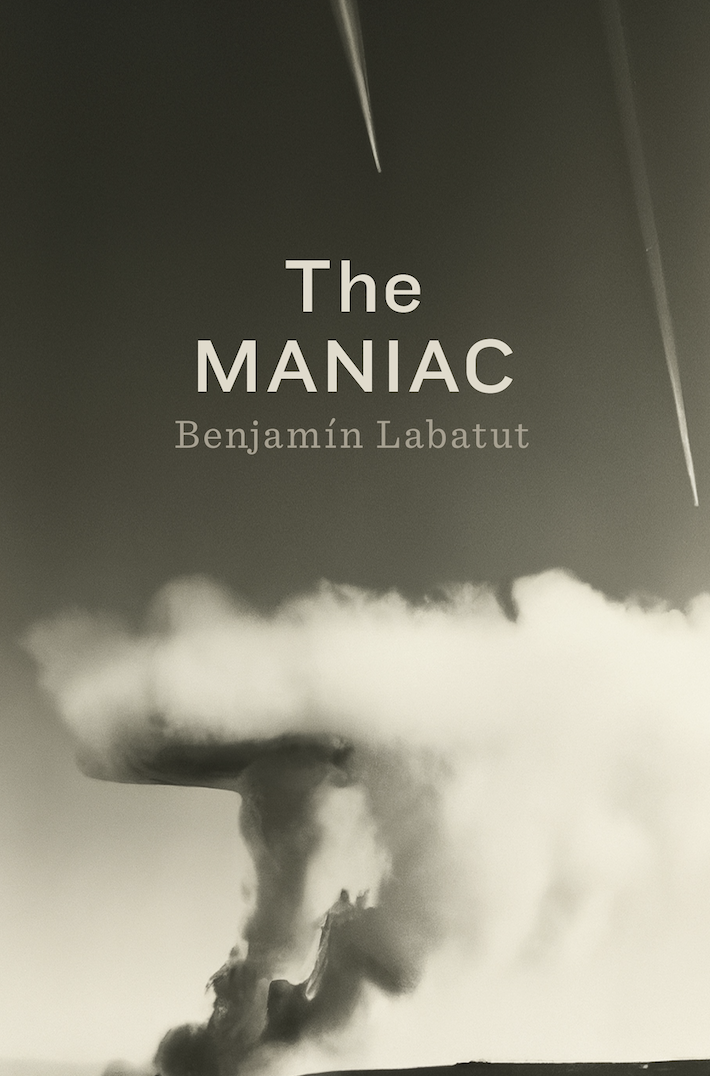 There are certain arts which even the most seasoned practitioners swear remain a mystery to them. Motherhood is one. Arranging a short story collection is another. In her debut collection, Shout Her Lovely Name, Natalie Serber grapples with both, and the result is a clear-eyed case study of what’s necessary and unsolvable in each.
There are certain arts which even the most seasoned practitioners swear remain a mystery to them. Motherhood is one. Arranging a short story collection is another. In her debut collection, Shout Her Lovely Name, Natalie Serber grapples with both, and the result is a clear-eyed case study of what’s necessary and unsolvable in each.
The mothers and daughters in these stories are working out how to hold on to one another even as they scramble to get out of each other’s way. Most of the stories within follow two main characters: Nomadic Ruby Hargrove and her daughter, Nora, who she’s trying to raise as a “liberated” woman, and doing it solo.
The stories about these two women take place in the apartment buildings and classrooms of 1970s America, Florida and New York and California, worlds we know, though at times one gets the feeling Serber knows them better. Not because of poetic flights of language or narrative tricks — there aren’t many — but because her prose resists elision. Serber delves into the dreamlike and the mundane with equal comfort, writing as convincingly about an LSD trip as she does about the details of post-partum pain. And she does not shy away from the unbeautiful: “His tender eye skin was gray as raw shrimp,” she writes of Aaron, a character who started the story with bedroom eyes.
This commitment to the real world as one finds it (i.e. often unbeautiful) is also a source of humor. While on LSD, Nora falls out of Aaron’s van and injures her elbow. As they come down and he cleans her wound, she realizes that “his hair no longer smelled like the forest floor; it smelled like hot-dog water.”
Though this is her first book, Serber is a confident storyteller, and the stories bear the mark of a writer who has mastered the form enough to have some fun with it. “Plum Tree,” in which Nora loses her virginity, begins like this:
Nora cupped the pot in her hand and stepped out to her backyard. Her best friend, Zellie, was waiting, digging through her backpack. “I don’t have any papers,” Zellie said. Instead she held up a Tampax and ran her tongue along the edge of the wrapper. “We’ll have to use this.” She ejected the tampon onto the struggling lawn, where it lay like a white firecracker.
In other places, such writerly awareness comes off as too on-point. Can a salad plate covered with a napkin really look like a “cat-size corpse”? In a story about a missing cat, a reader may get to this and hear the familiar warning of the GPS lady-robot: Approaching Symbol in 2 miles.
Moreso than a traditional novel, linked stories like the ones in Serber’s collection must contend with — and build from — the slats between the stories. Of course all scenes are chosen things, but in a collection of eight or 11 stories, those spaces become nearly as significant as what’s on the page. In those between-spots, Ruby and Nora swap apartments, then swap coasts; they change jobs, change schools, change boyfriends. (It’s no accident that no man other than Marco appears in more than one story.) With all these full set changes, Serber creates continuity by using details as little relay batons: Ruby’s mother’s Green Stamps resurface as she furnishes her Manhattan apartment, and the suitcase Marco leaves for Ruby in the hospital turns up stories later on the baggage carousel when Nora goes to meet him in Chicago.
There’s a bigger relay move at work here. Eight of the stories center on Ruby and Nora, and the first three of those are told from Ruby’s point of view. Home for a summer during college, Ruby and her father stop at his local bar on their way home, and she begins to understand that she’s inherited his storytelling, but also his drinking and ability to disappoint her mother. In the next story, Ruby finds out she’s pregnant while her lover Marco is gallivanting around Europe, and she’s struck by a very believable failure of imagination: “She could imagine herself neither in Europe nor pregnant.” Though Marco urges Ruby to give the baby up for adoption, she chooses to keep it, and he exits stage right, leaving Ruby a new suitcase and a security deposit.
From here, the narrative baton passes to Ruby’s daughter, and we see the rest of the linked stories looking over Nora’s shoulder. It’s an interesting meta-fictional tactic for a book interested in what’s passed from mother to daughter: make point-of-view itself one of those inheritances.
Yet this choice comes at a cost. As Nora assumes the narrative gaze, Ruby relinquishes it, and flattens out into a series of habits and tics: the woman in the other room, flirtatious and drinking and starved for attention. To be fair, this may be an accurate portrayal of the unsympathetic indictment of mother by daughter: “Nora couldn’t stand when her mother was earnest and dumb. She wanted to make her own new and unique mistakes.” And by the halfway point, no reader will mistake Ruby for a model mother: she forgets to buy bread, so a babysitter serves Nora Ritz crackers with her eggs in the morning. But because of where Serber starts the story — at Ruby’s elbow when she meets her father at the station, when she meets her daughter in the hospital — I was disappointed that the book didn’t step back into her shoes. After all, this is the woman who swore that “paying attention would set her free.”
 Then there’s the matter of the other three stories, and what they’re doing here. The first and title story is a second-person instruction manual in the style of Lorrie Moore’s Self-Help that navigates a mother through her daughter’s struggle with anorexia. It’s a strong, open-eyed story. In the second unrelated piece (and the weakest), a new mother contends with a fussy baby and a blue-jeaned bully on a flight to meet her in-laws in Idaho.
Then there’s the matter of the other three stories, and what they’re doing here. The first and title story is a second-person instruction manual in the style of Lorrie Moore’s Self-Help that navigates a mother through her daughter’s struggle with anorexia. It’s a strong, open-eyed story. In the second unrelated piece (and the weakest), a new mother contends with a fussy baby and a blue-jeaned bully on a flight to meet her in-laws in Idaho.
But the final story, “Developmental Blah Blah,” more than makes up for it. Cassie, mother of two teenagers, is throwing her husband Ben a surprise 50th birthday party. Her 14-year-old Edith has toilet blue hair and has begun sneaking vodka from the freezer, 17-year-old Ethan is engrossed in a serious relationship Cassie fears she’s jealous of, and she finds she’s suddenly the “center of absolutely no one’s life.” At the party,
Cassie stepped forward with two beers for her men. She was both in the moment and not. She knew that this was what she should be doing, stepping into her family, looking too-too in her black dress, adoring smile, only her smile was slightly ironic.
But since Serber has given us such memorable women in Nora and Ruby, and spent so much time with them, it’s hard to close the book without asking why the collection, finally, leaves these women behind. (In fact, the opening of “Developmental Blah Blah” may play with that question. The prior story leaves off with Nora working as a baker, considering an offer to join her boss at a new bakery in Seattle. On the next page, we meet Cassie in a bakery, where she is contemplating cupcakes. For a moment I thought, Oh good — this is Nora’s bakery! But if it is, the story doesn’t let on.)
In a subtle rhyme with the title story’s final image, the last story closes with Cassie and Edith making a similarly precarious approach:
Her daughter caught her eye and for a moment the tightrope appeared, the two women stepping onto it, knowing everything about each other. Cassie’s swelling heart split wide and Edith mouthed something: I love you or fuck you, or both.
That both is Serber’s sweet-spot, and these stories are at their finest when she doesn’t tell us which it is: When we find ourselves there alongside Cassie, being claimed by these beautiful struggling people on stage, and even if we can’t quite make out the meaning from here, it’s enough to know that they’re speaking to us.









